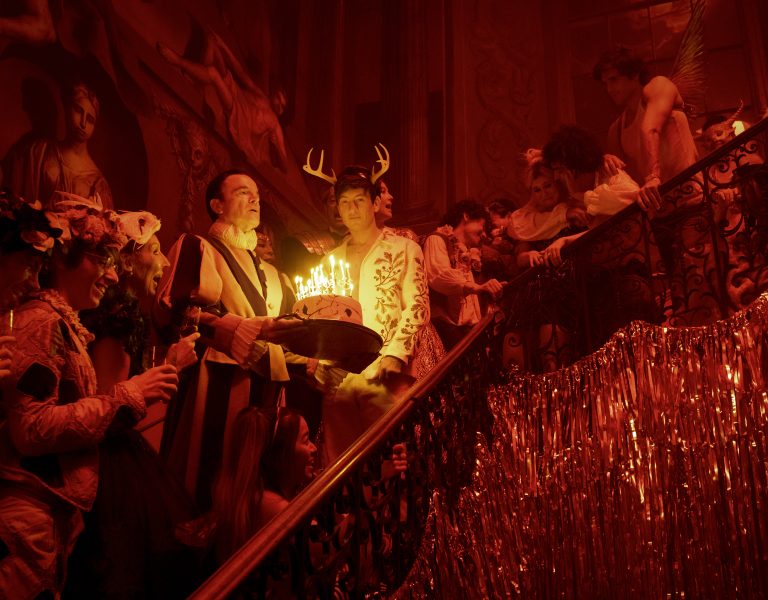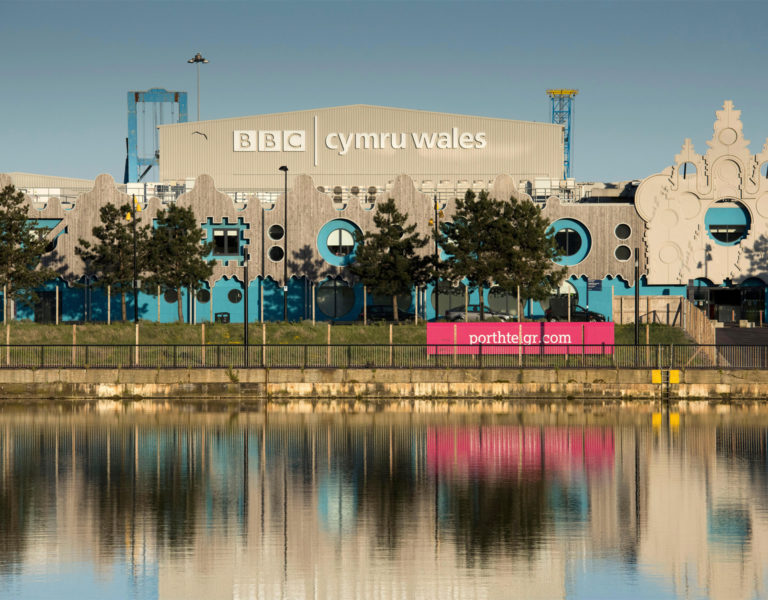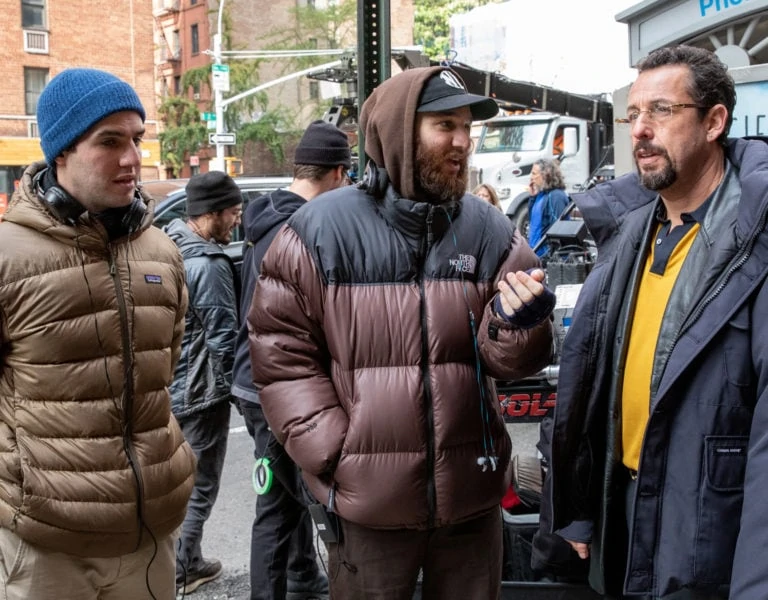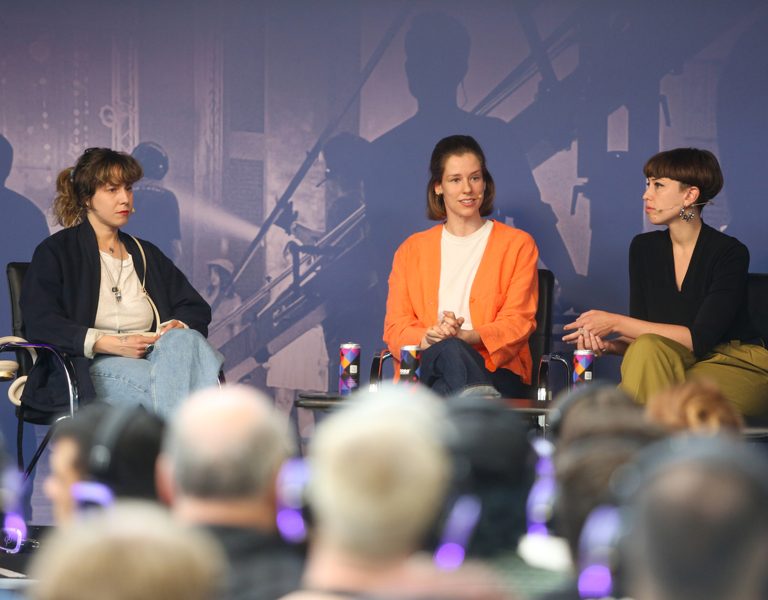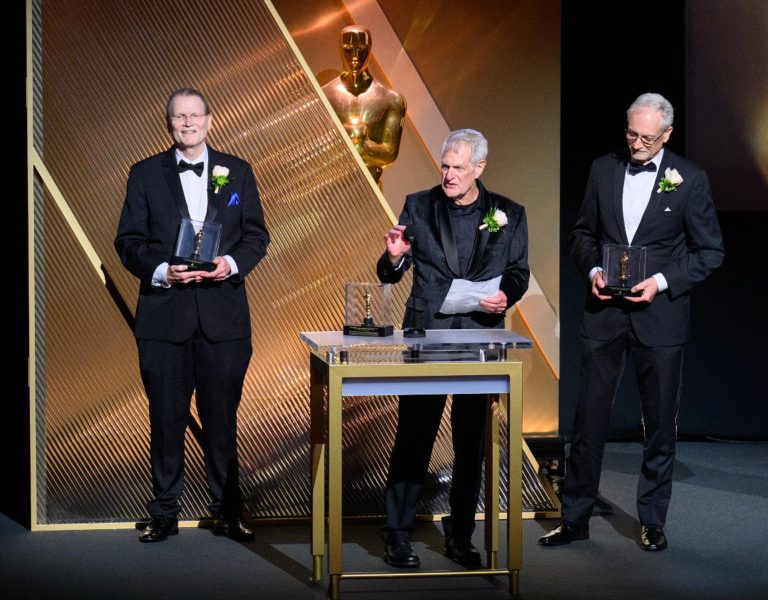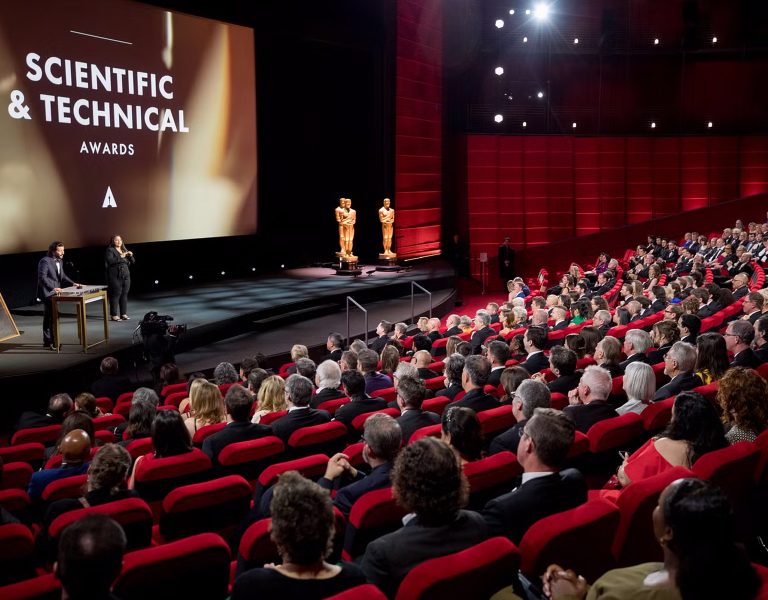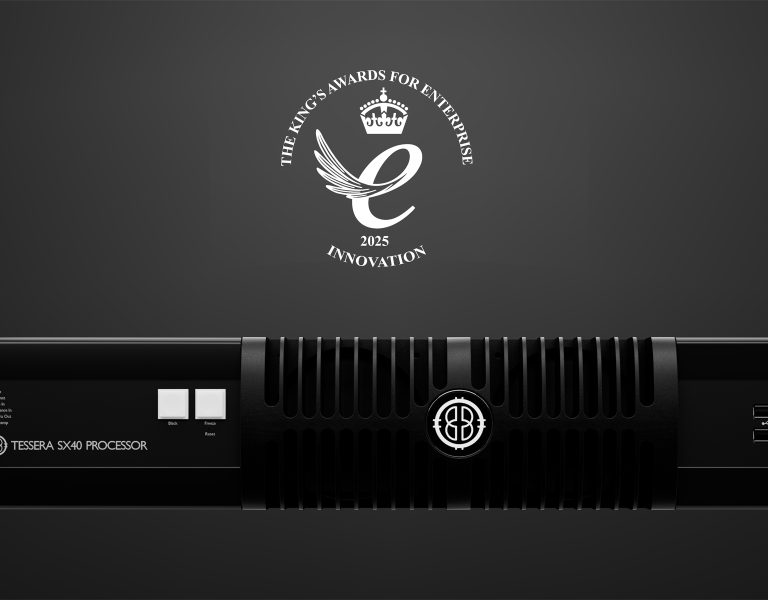The Apple TV+ series Masters of the Air commands reverence as a companion to the acclaimed Band of Brothers and The Pacific. While not a direct sequel, its seamless integration into a grand narrative universe enriches viewers with an expansive, unfiltered perspective on the cataclysmic events of World War II.
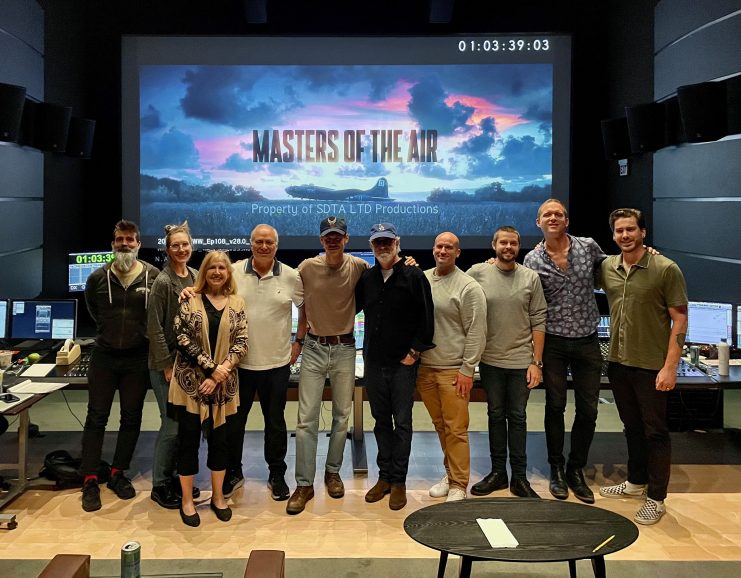
Based on Donald L. Miller’s book, it follows the 100th Bomb Group during WWII in England and is produced by Apple Studios with Playtone and Amblin Television. Starring Austin Butler, Callum Turner, and Anthony Boyle, it comprises nine episodes.
While the visuals in a war series or film are undoubtedly crucial for storytelling, the often-overlooked effort poured into the sound is undeniable. However, in this instance, it takes takes centre stage.
Re-recording mixer Michael Minkler became involved when production started in early 2021. He chose Formosa Group ‘to set up shop’ and was introduced to supervising sound editor, Jack Whittaker. “Our team of editors was put together and the process of designing, recording and editing began on a massive scale,” the former says. “Jack and I collaborated creatively but he managed the editing team and was solely responsible for getting the dialogue and effects material to the mix stage. In choosing my mix partner, I was looking for someone who had the right amount of experience and knowledge to bring a fresh, bold approach to the sound effects mixing and who could work well with Jack and myself. The edit and mix teams had to work together creatively and logistically as one, in order to deliver a useful soundtrack.”
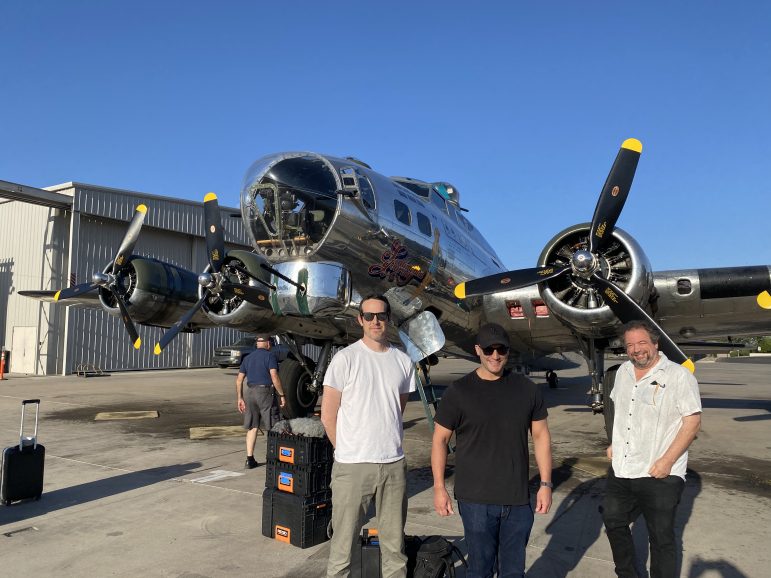
HUMAN TOUCH
Whittaker explains how the insights into how the rumble of engines is strategically used to create a heartbeat effect, enhancing the emotional impact of the scenes.
“The purpose behind designing the rumbling of the engines was to create a consistent and dynamic energy throughout all the flight sequences,” he adds. “We crafted various versions of this ‘heartbeat’ or rhythm, tailoring it to the specific aircraft in use. Since we transition between multiple planes in different scenes, our aim was to provide the viewer with a sonic sense of their geographical location. Subsequently, we mixed the plane’s engines to heighten or diminish tension as needed in the scenes. The character of those sounds was something we spent a lot of time tuning in the mix.”
Minkler says the engines were designed to have an emotional value at all times. “Whether it was during take-off, in flight or landing, the B17 was an essential character,” he adds. “Layers of design material was added to the authentic recordings. We did approach it as if the B17 was a living creature that would start its life healthy, then deteriorate and eventually die.”
Fellow re-recording mixer Duncan McRae says taking advantage of state of the art mixing consoles and modern ‘in-the-box’ workflows allowed the ability to manipulate all of tracks without committing the processing, which was critical. “We knew that everything needed to remain fluid, while the scope of the project would continue to grow,” he continues. “As the picture evolved, so did the music timing, dialogue placement, and the FX had to manoeuvre around all of those. Among all of the chaos of battle, we were constantly experimenting with timing to maintain the energy and preserve story driven dialogue.”
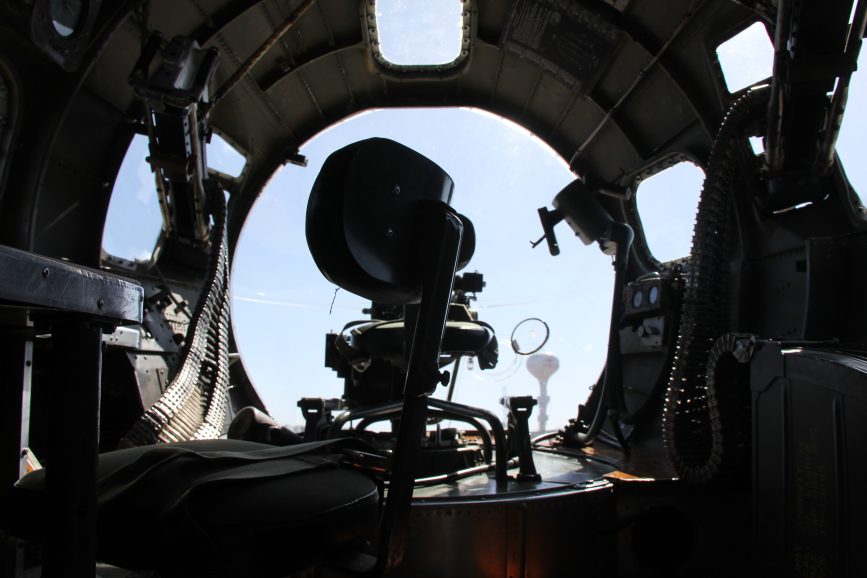
Minkler argues that there can be too much emphasis on technology rather than instincts. “All sound professionals have individual recording techniques as well as toolboxes full of plug-ins,” he says. “But what works for one person doesn’t necessarily work for another person or project. Technique and technology should always remain fresh.
However, for use as an intermediate listening environment between Theatrical ATMOS and Home Theater ATMOS we relied on Apple’s AirPods Max headphones.”
As the timeline progresses, the focus of the air battles, and the feel of all ground scenes, shifts. As viewers learn more into the different threats of battle, and a range of emotions on ground, the seamless feel is anchored by authenticity – purposely recorded FX, props of the era, and dialogue and language written with the help of military advisors and research specialists.
“It has always been my mantra every frame is a frame, make every frame count’,” says Minkler. “I take the approach that sound should be descriptive and emotional at all times. It’s all planning and execution. Communication between the dialogue, sound effects and music teams. We move forward as one.”
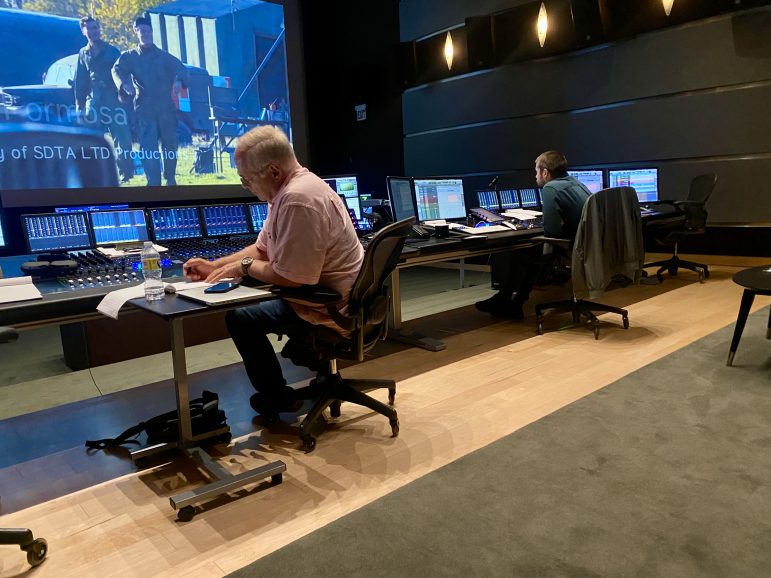
Viewers with a keen ear will notice specific instances in Masters of the Air where the sound team’s work transforms the roar of engines into a symbolic representation, reflecting the bravery of young pilots.
Whittaker gives examples in the series where the B-17s go down after being targeted. “During these moments, the engines fail, sometimes one, two, or three, often all,” he says. “The aircraft explode, tear apart, and disintegrate. Witnessing the crew members press on with their missions amid the chaos and the collapse of their planes under the duress of battle embodies a profound display of courage that I hope the viewer can experience.”
Furthermore, the sonic landscape created by the sound team transport viewers into the heart of World War II aviation. The team
started by stripping away all the modern noises heard in the production recordings – the distant roar of a motorway or a jet overhead. “We then cut all the sounds unique to the era of the time: the vehicles, the atmospheres, the crowds,” Whittaker says. “Everything was designed to transport the viewer to another era. The language of Britain during that era featured accents very distinct from those of today, prompting special focus on ADR and Loop Group work to authentically capture the unique sonic character of the time.”
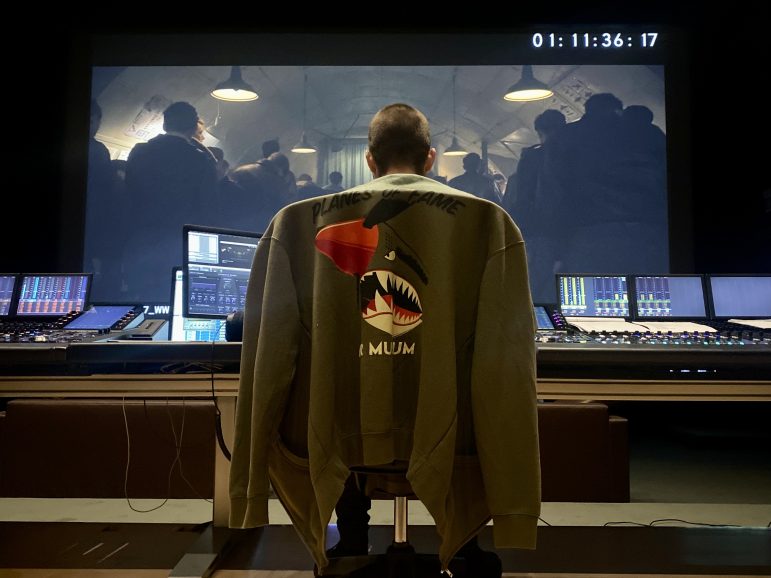
THE SOUND OF SILENCE
So far, the discussion has revolved around sound and noise. However, silence was also used to build tension and underscore the gravity of the missions undertaken by the characters. “Life on the base is, at times, rich with activity and camaraderie, laughing, drinking and dancing,” McRae says. “After experiencing the air battle as an audience member, we transport into the post-battle realization that a lot of men did not come back. The absence of excitement and energy only add to the weight of the losses of these men. At times, our audience doesn’t need to experience a flight sequence to feel exactly what some of our characters endured, and we help this through using strong silence, and carefully chosen FX with sombre tonality and character.”
Crafting a series of this magnitude inevitably entails navigating significant hurdles along the way. Minkler says the biggest challenge for him was how to “fit” a large scale theatrical ATMOS mix onto a streaming platform that would eventually be listened to through TV speakers or better, a TV with a Soundbar. The team started the mix in a Theatrical ATMOS mixing environment – 60 big powerful speakers with a huge subwoofer system.
“After months of getting the basic mix right in Theatrical ATMOS, we scaled down to a Home Theater ATMOS environment,” he says. “From that point on, all subsequent mixes were in HT ATMOS. But the transformation was not clear or easy. The testing took place for months while we were updating the mixes due to creative changes.
The result was that there are two versions of the final mix that are extremely similar but play very differently in the two sonic worlds.”
Masters of the Air is available on Apple TV+.
Words: Robert Shepherd
